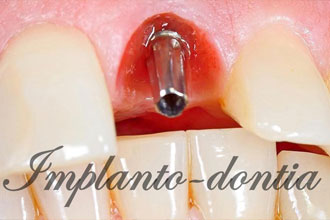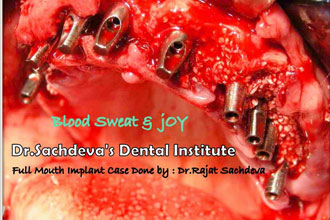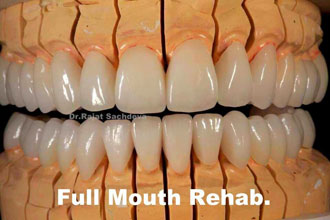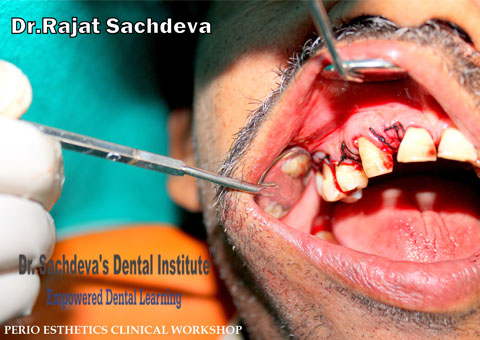Ask a Question to Our Dentist
Cancer Detecting Light
Mouth cancer kills
Early detection transforms survival rate from 50% to 90%
Oral cancer signs and symptoms
In its earliest stages, most oral cancer is virtually undetectable by just looking. And when oral cancer begins, it may not always produce pain or discomfort, in other words, it is possible to have oral cancer or pre-cancer without even knowing it. That is why it is important for everyone to be screened for oral cancer at least once per years However, if you notice a change in your mouth or throat, such as a sore, or red or white spot that lasts longer than 2 weeks, you should contact your dental professional immediately.
The new face of oral cancer
More people are being diagnosed with oral cancer than ever before. But surprisingly, research shows this increase is not due to the traditional risk factors of drinking, smoking, or using chewing tobacco?
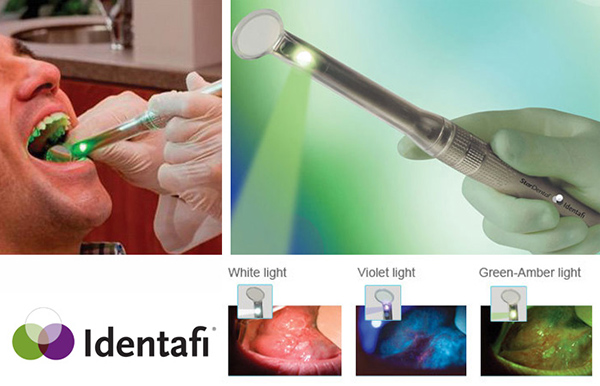
A new reason for concern
Oral cancer is now being found in a younger population of men and women who don’t smoke or drink heavily.“ One reason for this increase in people under age ‘+0 is due to exposure to the HPV-16 and HPV-18 viruses, known collectively as the human papillomavirus.“ The HPV virus can spread by intimate contact, including kissing. That is why the Centers for Disease Control recommends that all patients over the age of 17 be screened annually for oral cancers.
Screen with certainty. Detect with confidence
The signs and symptoms of oral cancer are often missed by the naked eye, especially in its early stages. The ldentafi uses a revolutionary light-wave technology that can help clinicians detect abnormalities that may lead to oral cancer, so that something can be done about it as soon as possible. Early detection means early treatment, and a cure rate of nearly 90%.
Your dental professional, on the front line of detection, has a revolutionary new medical device called ldentafi that uses multi-spectral technology to identify biochemical and morphological changes in the cells of your mouth, throat, tongue and tonsils. These changes , are subtle, as they happen at the cellular level, and therefore often go undetected by the naked eye. These changes are made visible through the use of ldentafi’s unique three-wavelength technology, which illuminates possible areas of change that may signal the occurrence or early beginnings of oral cancer.
“The test is simple, painless, and takes less than 3 minutes”
Here’s how it works:
Using the Identafi in the “White Light” mode, we will first examine the entire oral cavity. The upper portion of the mouth and inner contour of the teeth are examined first, followed by the lower portion of the mouth. The tongue, hard and soft palate, and the pharynx are then examined.
Next, the instrument is switched to the patented 405 nanometer “Fluorescent Violet Light” to identify any areas of abnormal tissue growth, which may be benign or cancerous.
Finally, the instrument is switched to “Green-Amber Reflective Light” to examine the blood vessels around the lesions, Areas with increased diffuse vasculature are more likely to become precancerous or cancerous.
Book an appointment at the Sachdeva Dental Aesthetic & Implant center today on 01142464041
- drrajatsachdeva
- Treatment
- Cosmetic Dentistry, Laser Dentistry, Dental Clinic in Delhi, Kids Dentistry
latest Posts
Stay up to date with all our latest news and launches.
